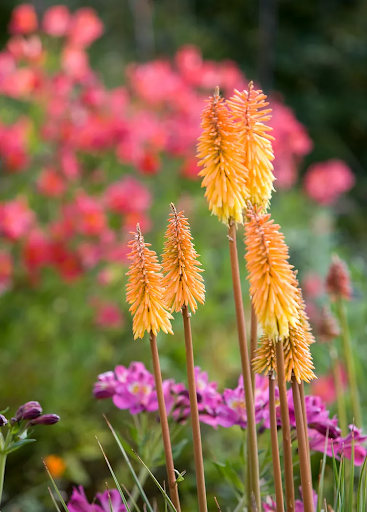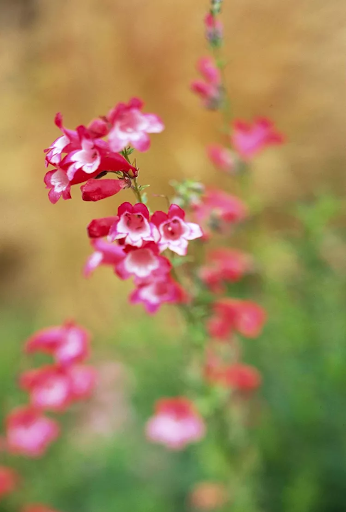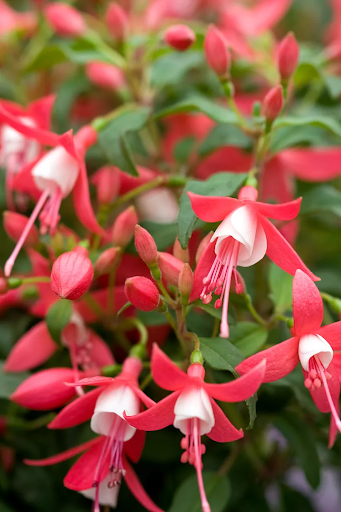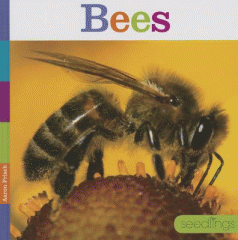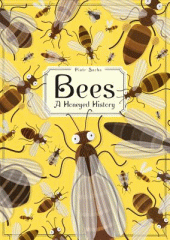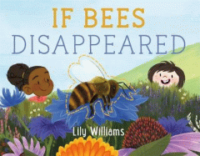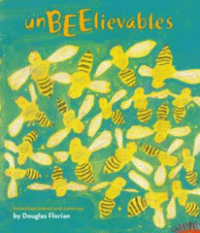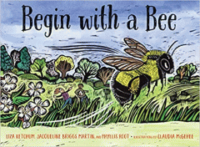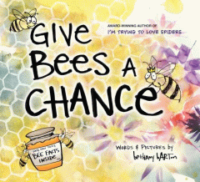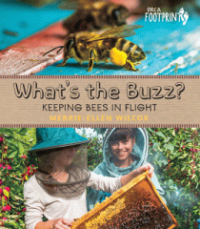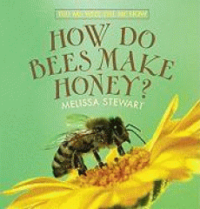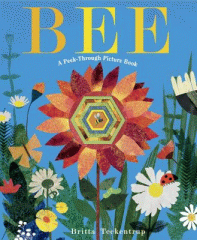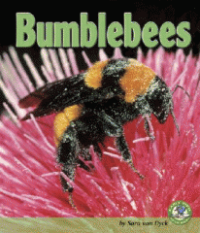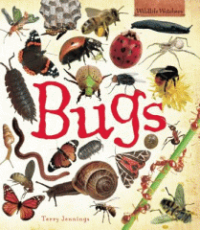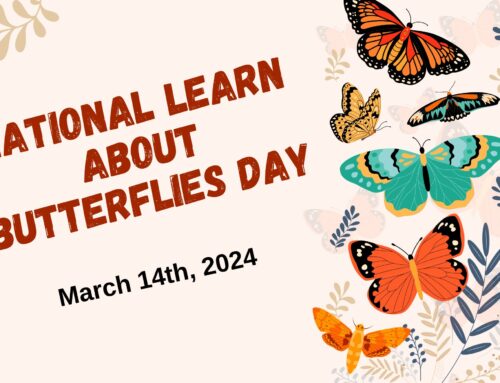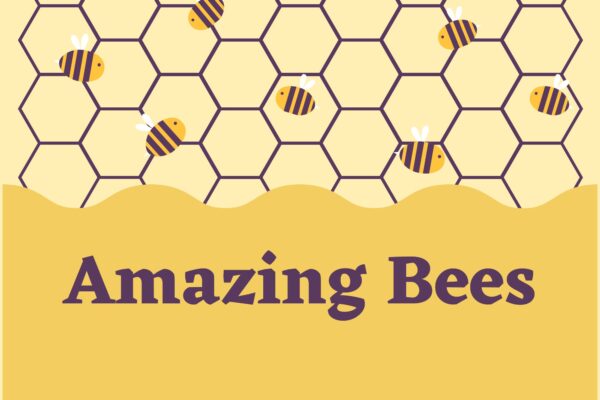
Bees are often thought of as pests, but they play an essential role in our ecosystem. Without bees, vegetables and flowers would struggle to grow. Enjoy these fun and exciting facts and books about bees.
10 Amazing Bee Facts
Want to learn more about Bees? Check out these awesome books!
Bees by Aaron Frisch
A kindergarten-level introduction to bees, covering their growth process, behaviors, the hives they call home, and such defining physical features as their stingers.
Bees: A Honeyed History by Piotr Socha
One part science, one part cultural history, and countless parts fascination, Bees celebrates the vital role that these intriguing insects have played in our ecosystem throughout the ages.
The Book Of Bees: Inside The Hives And Lives Of Honeybees, Bumblebees, Cuckoo Bees, And Other Busy Buzzers By Lela Nargi
From the familiar western honeybee to the extra-large Himalayan giant honeybee and Australia’s vibrant neon cuckoo bee, these pages are packed with detailed photos and fascinating facts on more than 50 species of bees. In-depth species profiles help you identify bees, learn about bee-havior, and discover your favorites! And special features examine topics like hive life, nest cells, and other pollinators
If Bees Disappeared by Lily Williams
Explores what would happen if bees became extinct, and how their extinction would affect not just bees’ environment, but the world as a whole.
UnBEElievables: Honeybee Poems and Paintings by Douglas Florian
Come inside the honeycomb–a busy, buzzy, bee-filled home–and learn about the unexpected wonders of these tiny insects’ lifestyles, families, and communities. In fourteen funny, fact-filled honeybee poems and paintings, Douglas Florian explores the natural history of these often-unappreciated critters, revealing them to be a totally cool–and totally important part of our ecosystem.
Begin With a Bee by Liza Ketchum
Looking closely at the life cycle of one bee, this book helps readers of all ages understand and appreciate the contributions and significance of all bees.
Buzz With the Bees by Karen Latchana Kenney
Explore the bee’s body parts, environment, feeding habits, and lifecycle to see how it survives in the wild.
Give Bees a Chance by Bethany Barton
In this nonfiction picture book an enthusiastic bee-loving narrator tries to convince a bee-phobic friend that our fuzzy, flying neighbors are our friends– we should all give bees a chance!
What’s the Buzz?: Keeping Bees in Flight by Merrie-Ellen Wilcox.
Whether they live alone or together, in a hive or in a hole in the ground, bees do some of the most important work on the planet: pollinating plants. [This book] celebrates the magic of bees–from swarming to dancing to making honey–and encourages readers to do their part to keep the hives alive.
How Do Bees Make Honey? by Melissa Stewart
Provides comprehensive information on bees and the process of how they make honey.
Zoom in on Bees by Melissa Stewart
Provides information for readers about a bee’s home, food, and body.
Bee: A Peek-Through Picture Book by Britta Teckentrup
Through a hole in the book’s cover, a bee is buzzing inside a flower. Peek into this bright and lively book and discover the big ways this little insect contributes to the beauty of the environment, from pollinating colorful flowers to buzzing about the bright and beautiful meadow.
Bumblebees by Sara van Dyck
Describes the life cycle of bumblebees and discusses their relationship with flowers and with people.
The Hive Detectives: Chronicle of a Honey Bee Catastrophe by Loree Griffin Burns
Bees don’t just produce honey. Your food supply depends on them. Apiarist Dave Hackenberg’s bees have a busy travel schedule, pollinating around the United States from February to July. So when Dave inspected four hundred of his hives and found that the bees had simply vanished, a dream team of bee scientists got to work.
Bugs by Terry Jennings
Introduces the world of insects, describing their common physical characteristics and behavior, including information on spiders, butterflies, snails, flies, and ladybugs.

